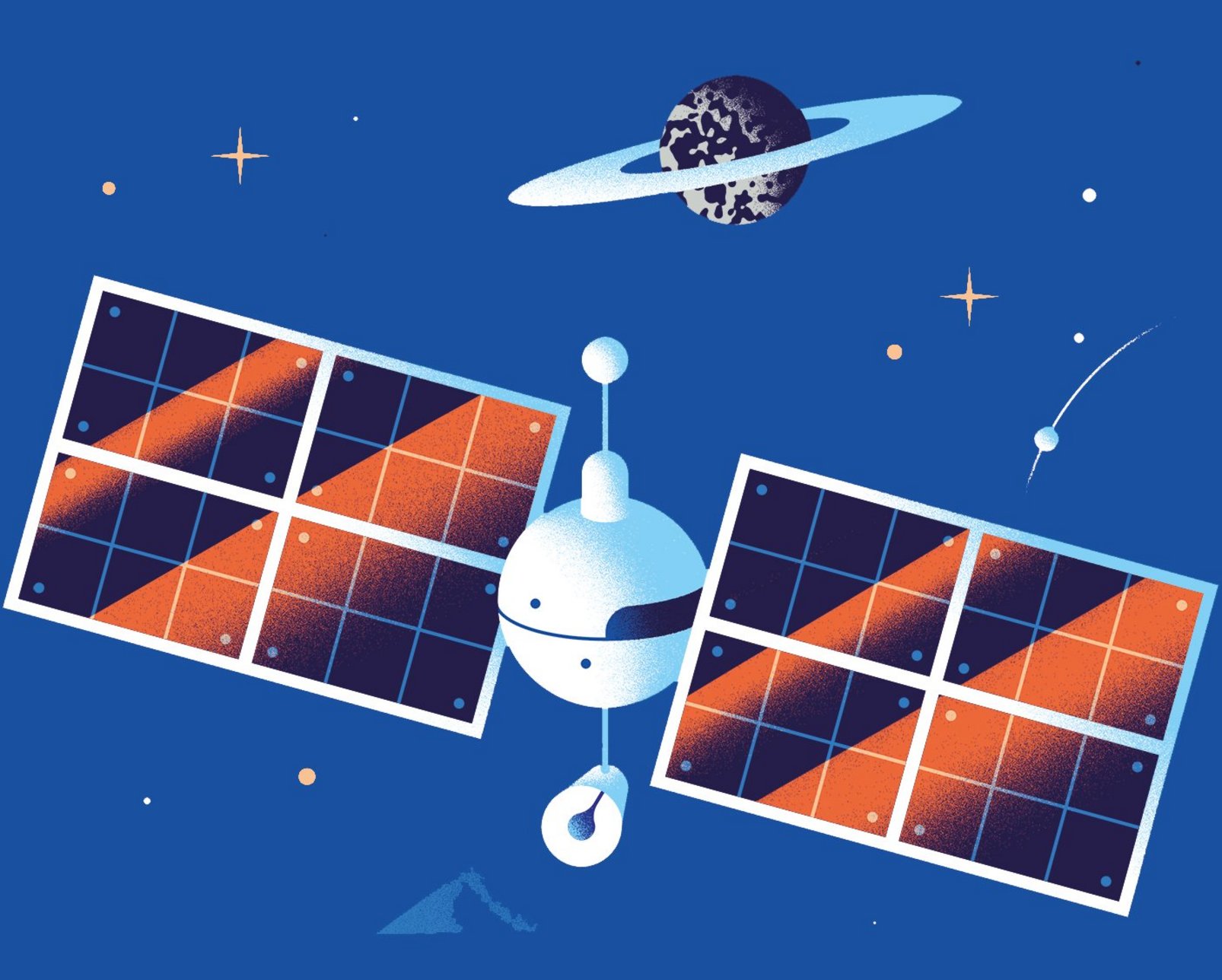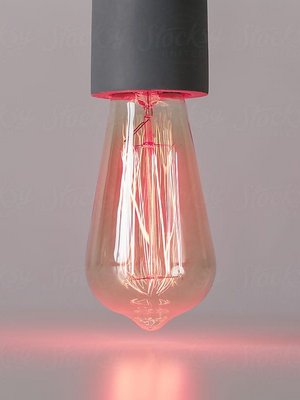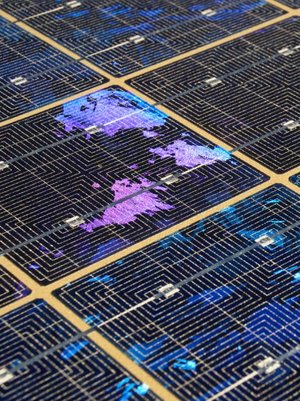POWER WINDOWS
Instead of merely filling homes with light, windows of the future will also be able to generate electricity. To make this vision a reality, the American company UbiQD has developed a completely transparent solar cell that can double as a window. As of yet, the window only converts part of the sunlight into energy, but in the US, for example, it could already cover a substantial share of power generation. If the five to seven billion square meters of glass surfaces in the US were equipped with these transparent solar cells, that would be enough to generate about 40 percent of the country’s energy needs.










